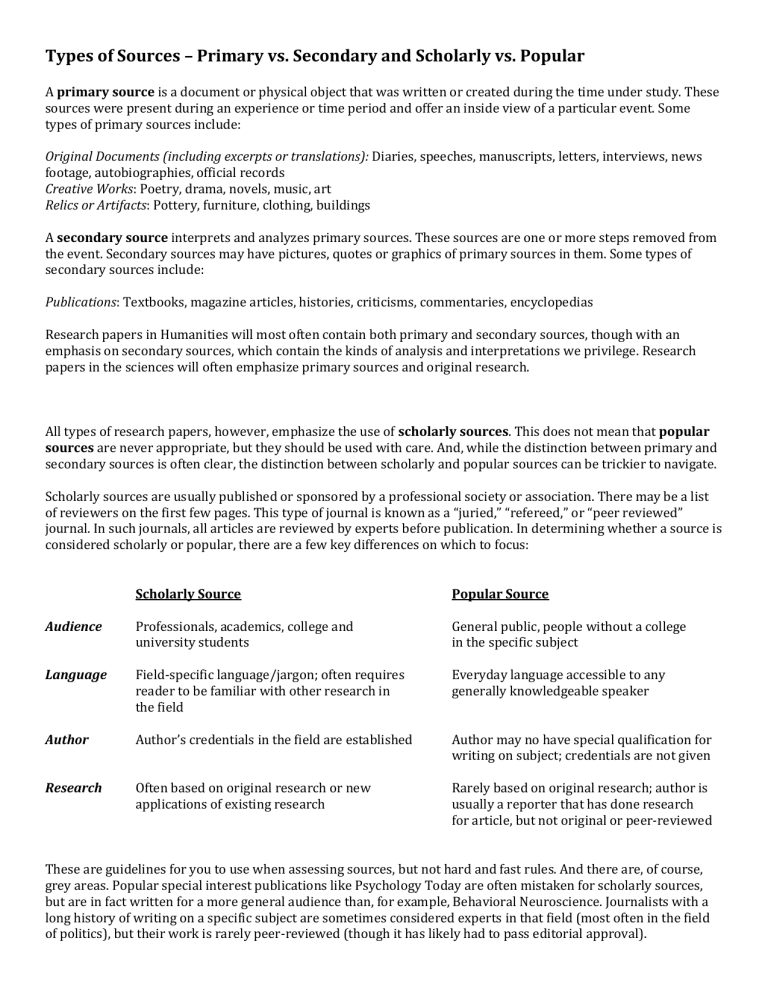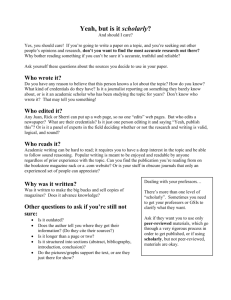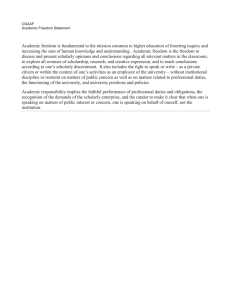Types of Sources – Primary vs. Secondary and Scholarly vs....

Types of Sources – Primary vs. Secondary and Scholarly vs. Popular
A primary source is a document or physical object that was written or created during the time under study. These sources were present during an experience or time period and offer an inside view of a particular event. Some types of primary sources include:
Original Documents (including excerpts or translations): Diaries, speeches, manuscripts, letters, interviews, news footage, autobiographies, official records
Creative Works: Poetry, drama, novels, music, art
Relics or Artifacts: Pottery, furniture, clothing, buildings
A secondary source interprets and analyzes primary sources. These sources are one or more steps removed from the event. Secondary sources may have pictures, quotes or graphics of primary sources in them. Some types of secondary sources include:
Publications: Textbooks, magazine articles, histories, criticisms, commentaries, encyclopedias
Research papers in Humanities will most often contain both primary and secondary sources, though with an emphasis on secondary sources, which contain the kinds of analysis and interpretations we privilege. Research papers in the sciences will often emphasize primary sources and original research.
All types of research papers, however, emphasize the use of scholarly sources. This does not mean that popular
sources are never appropriate, but they should be used with care. And, while the distinction between primary and secondary sources is often clear, the distinction between scholarly and popular sources can be trickier to navigate.
Scholarly sources are usually published or sponsored by a professional society or association. There may be a list of reviewers on the first few pages. This type of journal is known as a “juried,” “refereed,” or “peer reviewed” journal. In such journals, all articles are reviewed by experts before publication. In determining whether a source is considered scholarly or popular, there are a few key differences on which to focus:
Audience
Scholarly Source
Language Field-specific language/jargon; often requires reader to be familiar with other research in
Author
Research
Professionals, academics, college and university students the field
Author’s credentials in the field are established
Often based on original research or new applications of existing research
Popular Source
General public, people without a college in the specific subject
Everyday language accessible to any generally knowledgeable speaker
Author may no have special qualification for writing on subject; credentials are not given
Rarely based on original research; author is usually a reporter that has done research for article, but not original or peer-reviewed
These are guidelines for you to use when assessing sources, but not hard and fast rules. And there are, of course, grey areas. Popular special interest publications like Psychology Today are often mistaken for scholarly sources, but are in fact written for a more general audience than, for example, Behavioral Neuroscience. Journalists with a long history of writing on a specific subject are sometimes considered experts in that field (most often in the field of politics), but their work is rarely peer-reviewed (though it has likely had to pass editorial approval).


